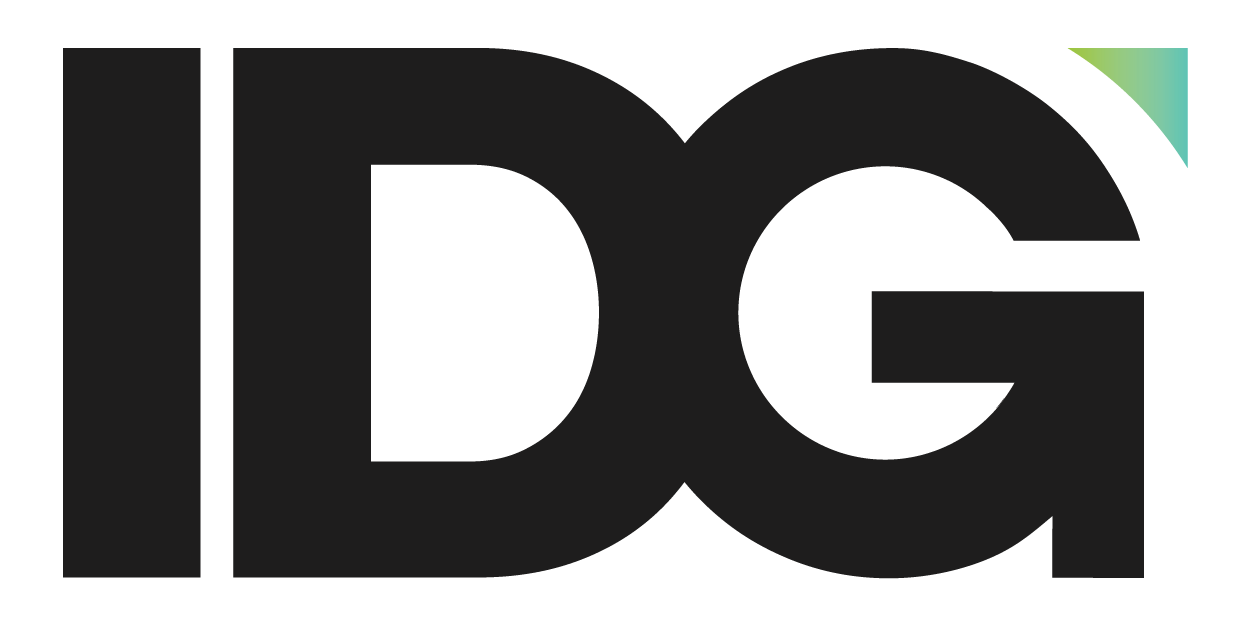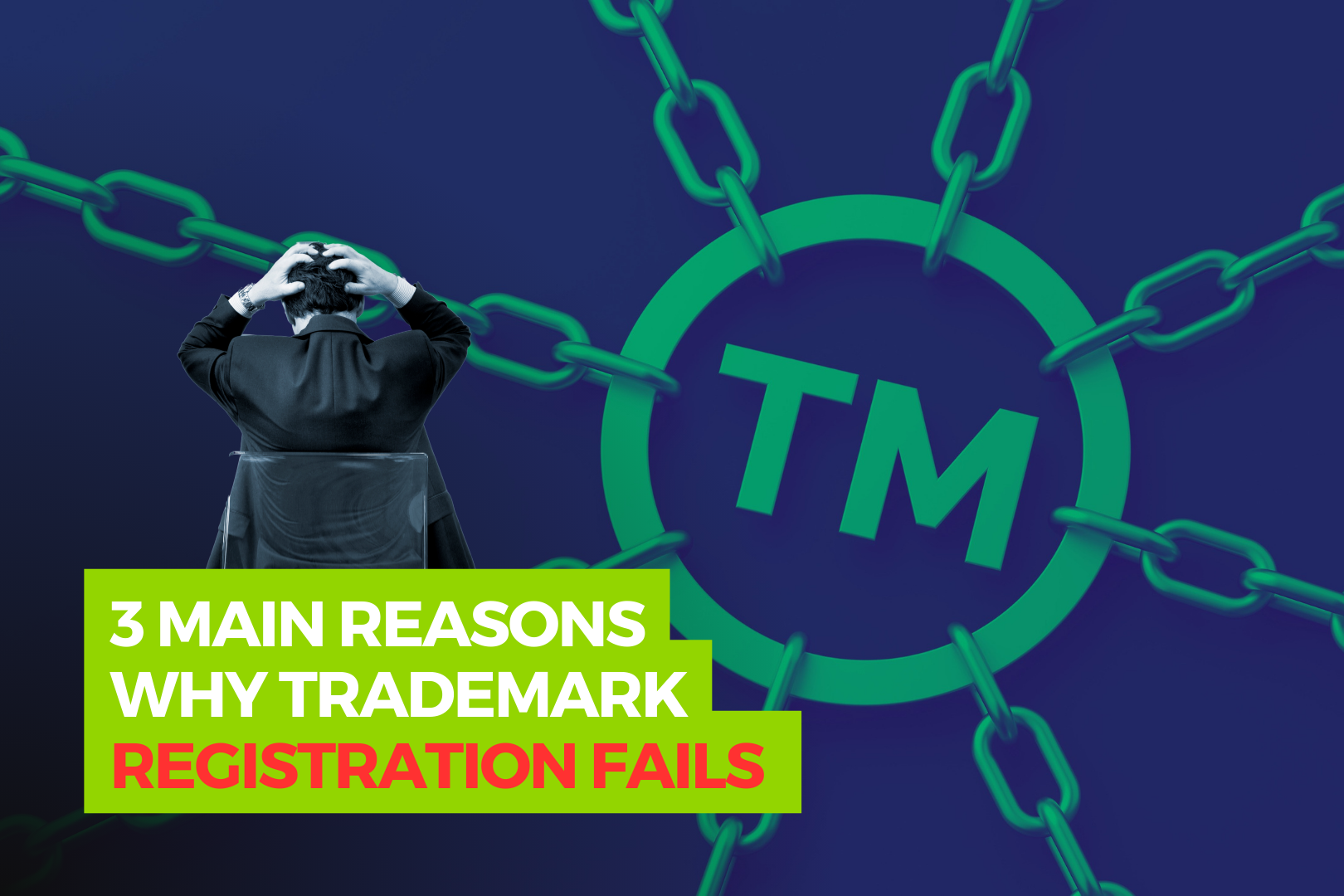Trademark registration is a crucial step for entrepreneurs, CEOs, brand owners, innovators, and top executives in protecting their brands. However, many trademark applications fail to secure registration due to specific requirements that must be met. In this article, we will explore three common reasons why trademarks are rejected, using real-world examples. Understanding these factors will help you navigate the trademark registration process effectively, ensuring the successful protection of your brand.
1. Lack of Distinctiveness: One significant reason for trademark registration rejection is the lack of distinctive characteristics. According to Section 7, a trademark should possess qualities that enable the public or consumers to recognize and differentiate the goods or services associated with it. If a mark indicates generic or descriptive qualities of the product or service, it fails to meet the distinctiveness requirement. For instance, using the trademark name “Beauty” for a cosmetic product suggests that the product can enhance beauty. Such a mark would be rejected since it lacks uniqueness, as the purpose of cosmetics is inherently related to beauty.
|
|
|
|
| Article | Date of Order | Explanation |
|---|---|---|
| 7 |
9/10/2018 |
The mark in this application is considered unregistrable due to the lack of distinctive characteristics according to sections 6 and 7. The marks “Beauty Secret” and “A Miracle of Beauty” mention “Beauty” which conveys the product can make skin beautiful or indicates characteristics or properties of the product which causes a lack of trademark distinctiveness. |
2. Likelihood of Confusion: Another common reason for trademark rejection is the presence of identical or similar marks that are already registered under Sections 13 and 20. Before submitting an application, it is crucial to conduct a thorough search to ensure that your proposed mark does not conflict with existing registered trademarks, both in terms of name and design. Failing to do so increases the likelihood of rejection. For example, if you attempt to register a mark that closely resembles a well-known brand in your industry, such as “Zamazun” for electronics, the application would likely be rejected due to the likelihood of confusion with the established mark “Amazon.”
3. Prohibited Characteristics: A trademark must not possess any prohibited characteristics outlined in Article 8 of the Trademark Act. These include marks that infringe upon official marks, international organization marks, or signs that are contrary to public order or good morals. It is essential to ensure that your mark does not fall within any of these prohibited categories, as such marks will be rejected for registration.
It’s important to note that rejected trademark applications are not automatically considered abandoned. The Trademark Act provides an opportunity for applicants to clarify their reasons and oppose the registrar’s decision, which will be further discussed in the subsequent chapter.
Conclusion:
Trademark registration rejections often occur due to a lack of distinctiveness, the presence of identical or similar registered marks, or the inclusion of prohibited characteristics. Entrepreneurs, CEOs, brand owners, innovators, and top executives must be mindful of these factors when choosing and applying for trademarks. Creating a distinctive mark that sets your brand apart, conducting comprehensive searches to avoid conflicts with existing trademarks, and ensuring compliance with legal requirements will increase your chances of successful trademark registration. Consulting with a qualified intellectual property attorney can provide valuable guidance throughout the process, ensuring the protection and longevity of your brand.

